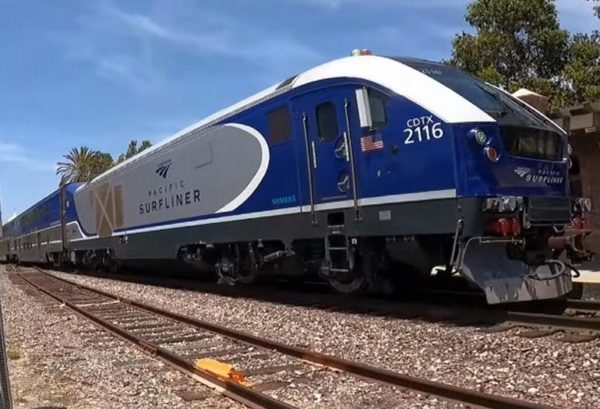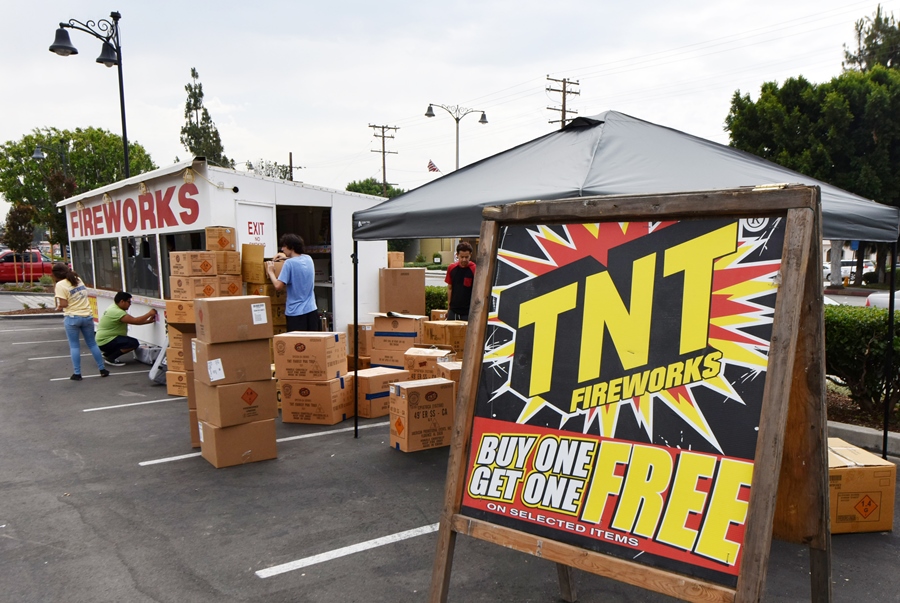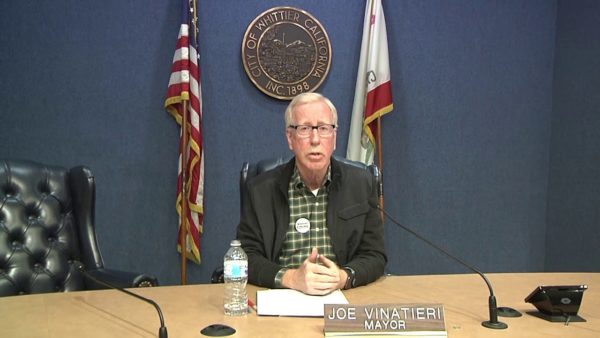The Los Angeles City Council Wednesday approved a framework designed to speed the implementation of the city’s Mobility Plan, which was adopted seven years ago in an effort to improve pedestrian safety and reduce traffic deaths, but has yet to come to fruition.
“Year after year we have seen an increase in the number of traffic deaths and it’s clear that the city has been too slow to implement our Mobility Plan,” Council President Nury Martinez said in a statement following the council vote. “With this motion, we can have better coordination between city departments and a more effective implementation of this plan.”
The Mobility Plan approved in 2015 provided a framework to create a network of bus lanes, “pedestrian-priority” areas and protected bike lanes. But as of earlier this year, only 3% of the plan’s 1,500 miles of pedestrian safety improvements have been implemented, according to the motion introduced by Martinez and backed by council members Monica Rodriguez, Kevin de León, Curren Price and Marqueece Harris-Dawson.
The motion noted that despite the approval of the plan, there has been a 20% increase in traffic deaths in Los Angeles over the past year, despite the city’s goal of eliminating traffic deaths by 2025 through the Vision Zero initiative. According to Martinez’s office, 294 people were killed in traffic incidents last year, including 132 pedestrians.
The action approved unanimously by the council Wednesday calls for more coordination between various city agencies to ensure more efficient implementation of various parts of the Mobility Plan, and for a prioritization of improvements in low-income neighborhoods that have traditionally had a higher percentage of the city’s most dangerous thoroughfares.
According to Martinez’s office, the city Department of Transportation formulated a High Injury Network map that shows the deadliest streets in the city, responsible for 70% of deaths and severe injuries, are in “working-class neighborhoods” of South Los Angeles, Central Los Angeles and the northeast San Fernando Valley.
The council action calls for development of a framework for selecting corridors for improvements, and establishment of standard elements that can be implemented to make the routes safer for pedestrians, cyclists and transit riders.







